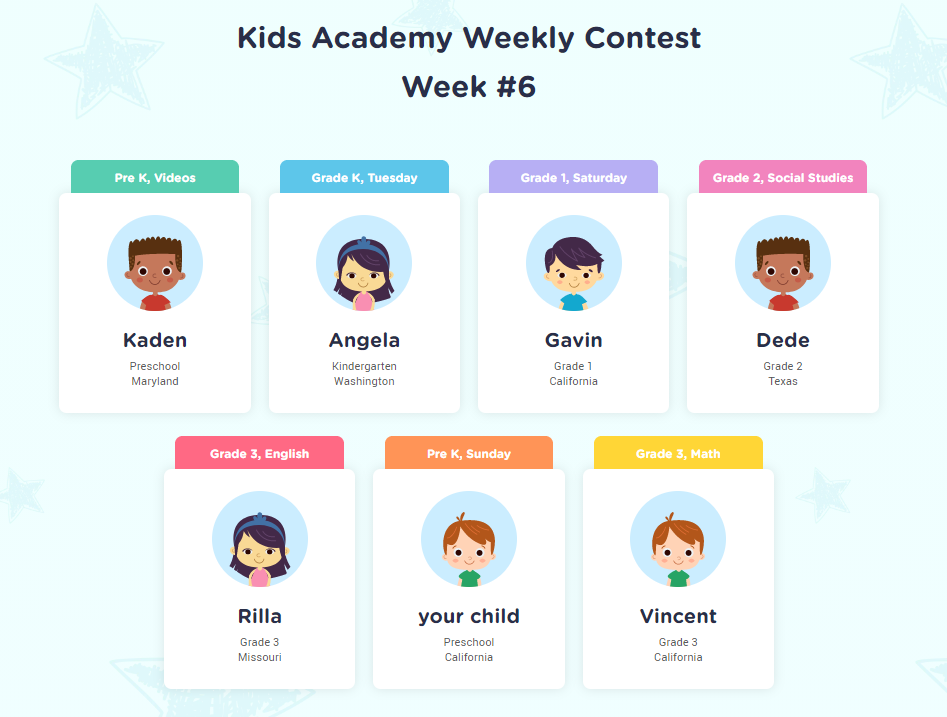Geometry worksheets activities for Ages 4-5
7 filtered results
-
From - To
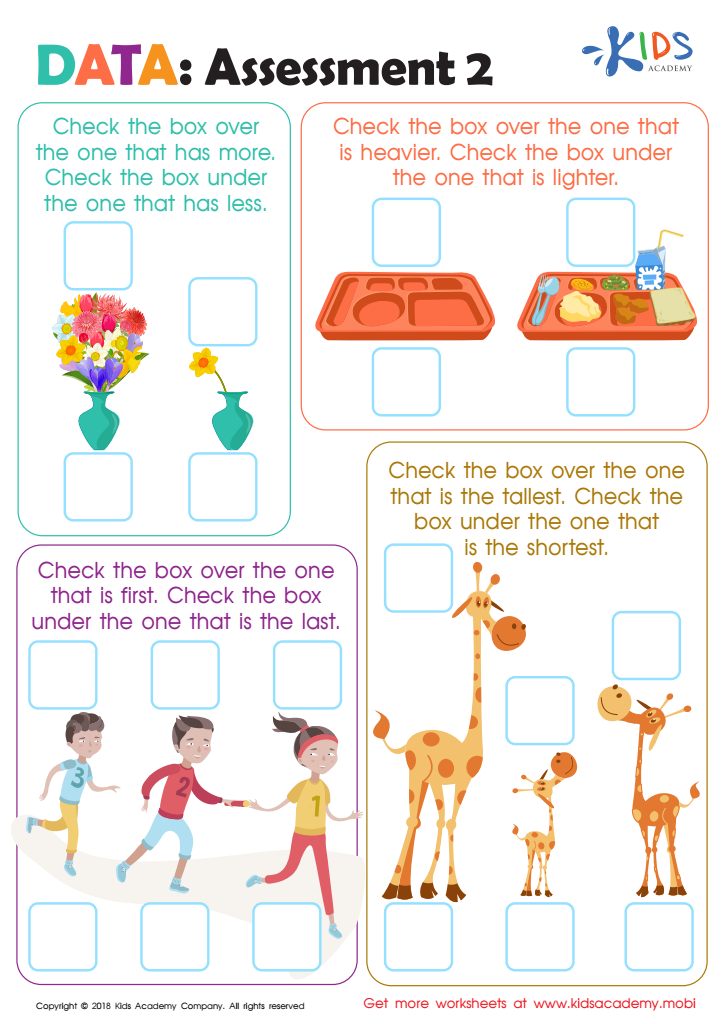

Data: Assessment 2 Worksheet
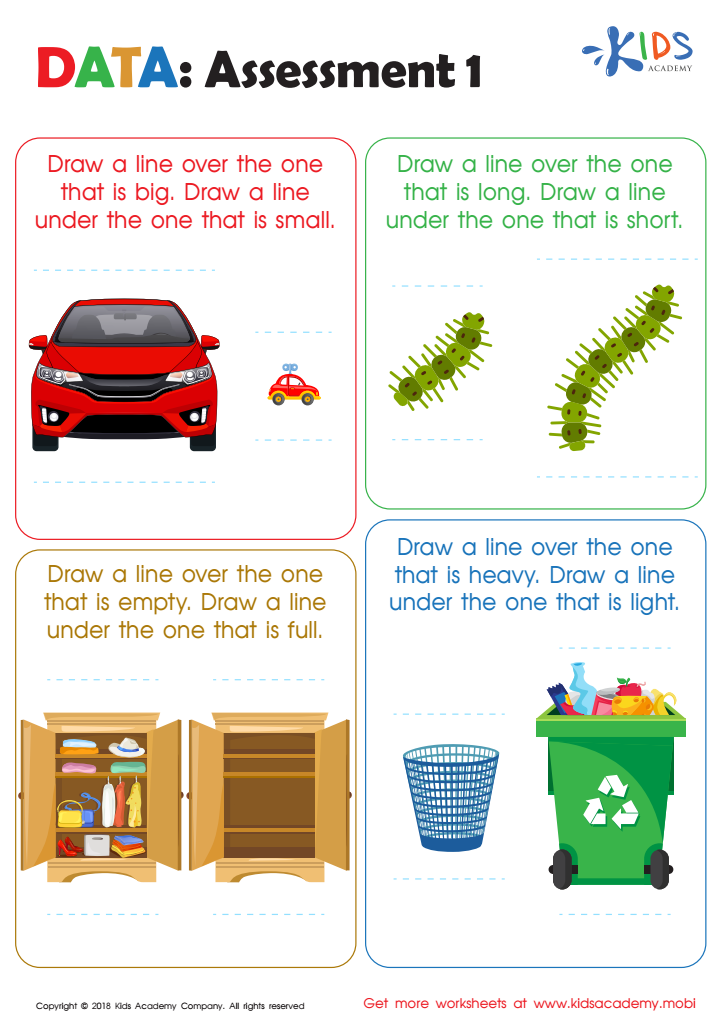

Data: Assessment 1 Worksheet
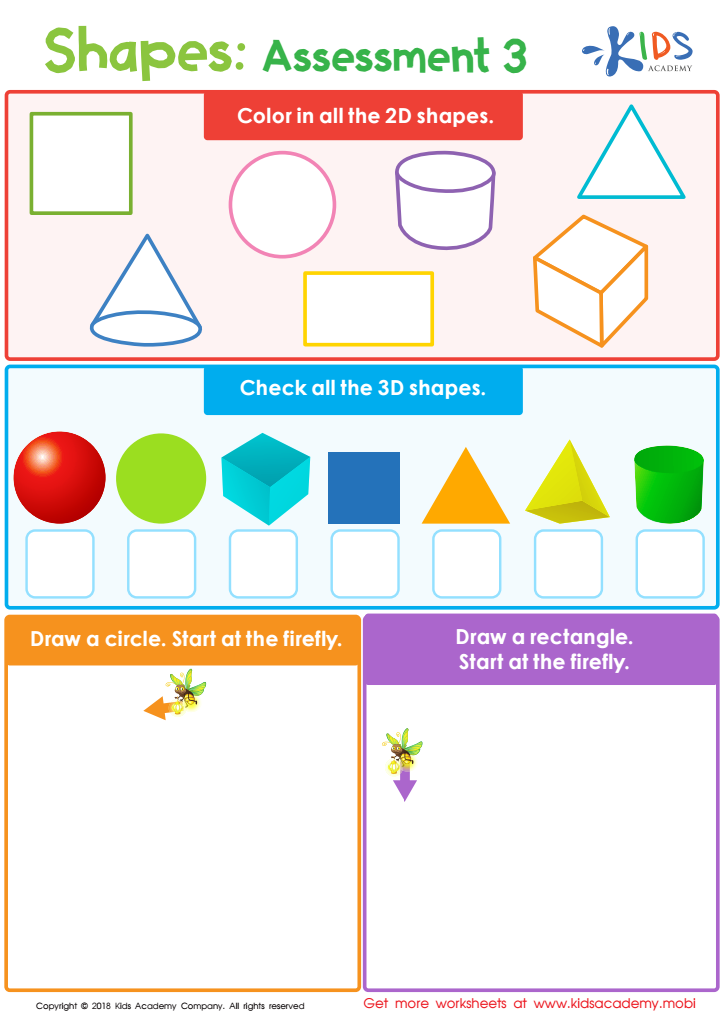

Shapes: Assessment 3 Worksheet
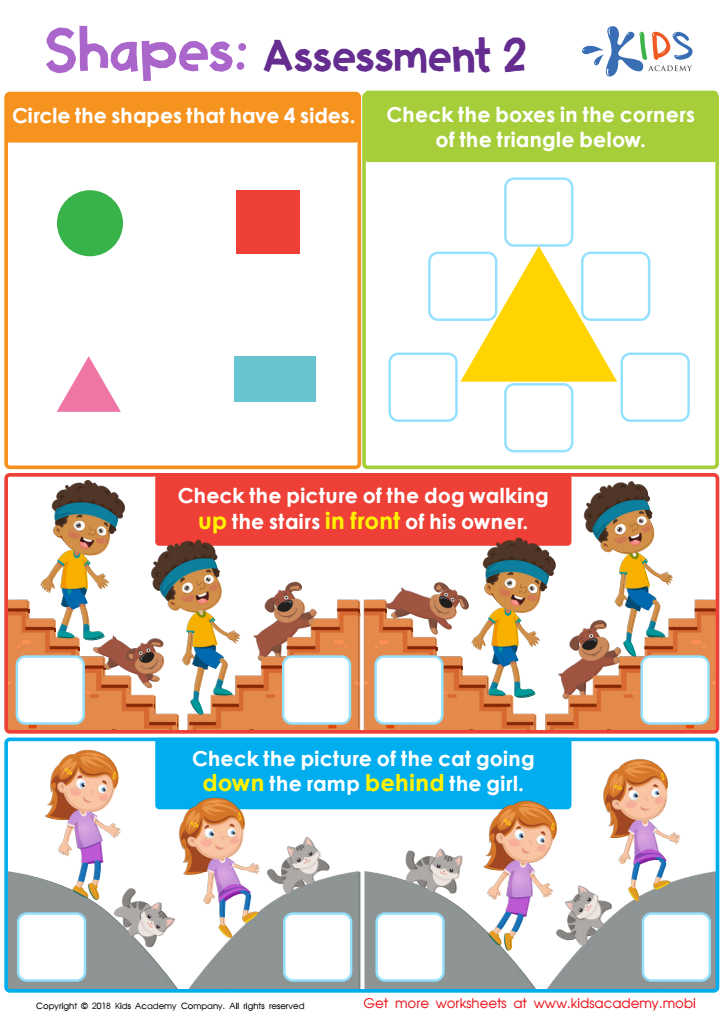

Shapes: Assessment 2 Worksheet
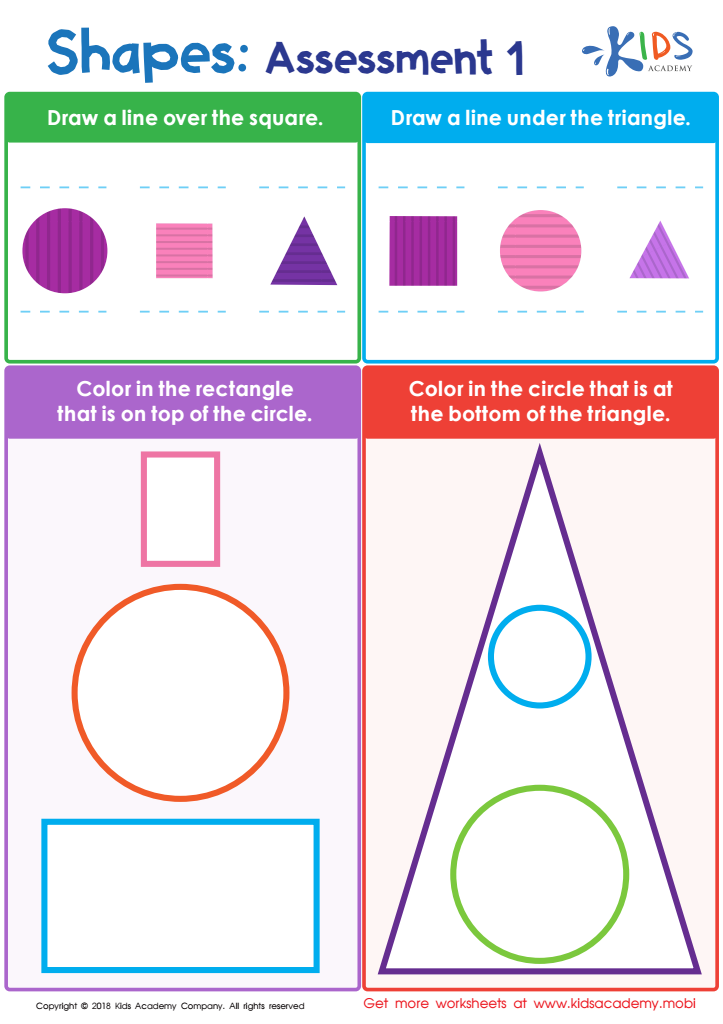

Shapes: Assessment 1 Worksheet
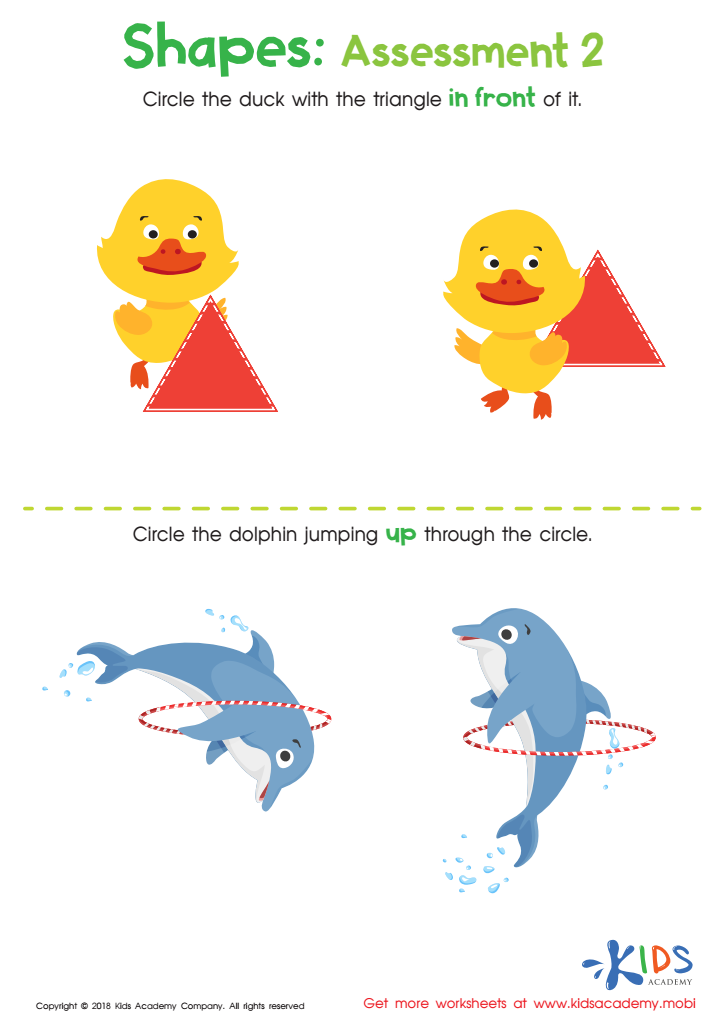

Geometry – Assessment 2 Worksheet
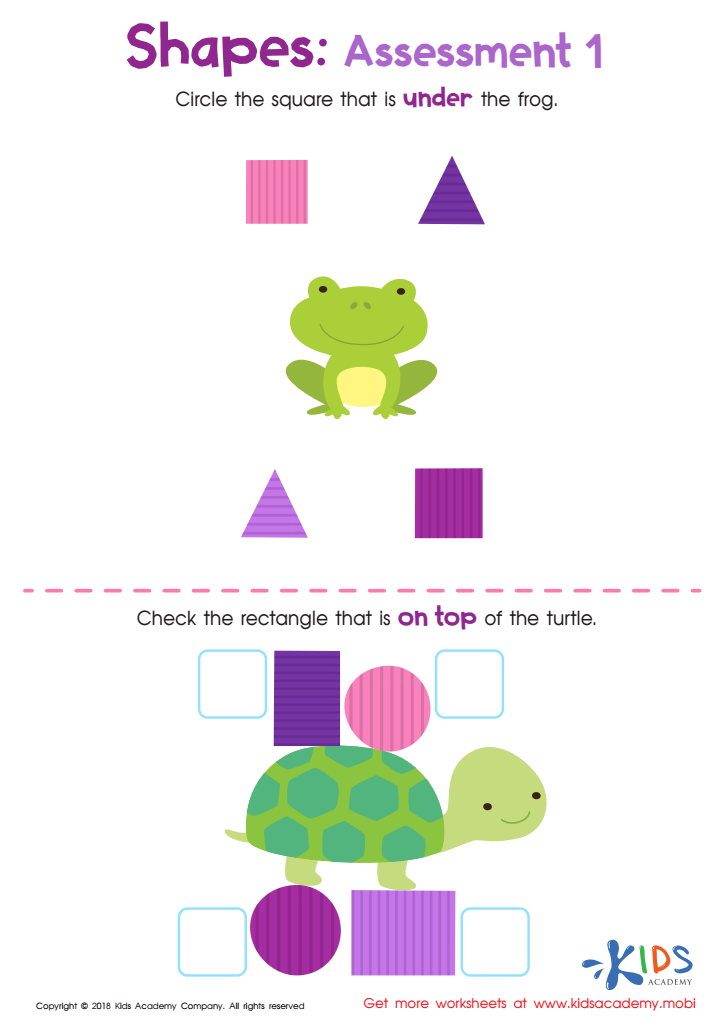

Geometry – Assessment 1 Worksheet
Geometry worksheets activities serve as a vital tool in the quest to understand and master the complex world of geometry. This multifaceted branch of mathematics, which focuses on the properties and relations of points, lines, surfaces, solids, and higher dimensional analogs, can often seem daunting to students. However, through the use of geometry worksheets activities, learners can navigate this intricate subject with much greater ease and confidence.
One of the primary reasons geometry worksheets activities are so useful is that they provide a structured and systematic way to approach problem-solving. By working through a variety of problems, students can identify patterns and develop strategies that apply not only to the questions at hand but also to new and more complex problems they might encounter in the future. This kind of practice is invaluable for building a strong foundational understanding of geometric principles.
Moreover, geometry worksheets activities cater to a wide range of learning styles. For visual learners, for instance, worksheets often include diagrams and illustrations that help to clarify concepts and relations in geometry. Kinesthetic learners, on the other hand, benefit from the hands-on aspect of completing the worksheets, physically engaging with the material as they draw, measure, and annotate.
Another significant advantage is the immediate feedback that geometry worksheets activities can provide. This allows students to identify areas where they need further clarification or practice, facilitating a more personalized learning experience. Teachers can also use completed worksheets to assess understanding and pinpoint where additional instruction might be necessary, ensuring that every student can succeed in mastering the material.
In conclusion, geometry worksheets activities are a critical resource in the learning process, offering a unique blend of structured practice, adaptability to different learning styles, and immediate feedback. By integrating these activities into their study routines, students can demystify the complexities of geometry and build a solid foundation for further mathematical learning and application.

 Assign to the classroom
Assign to the classroom




